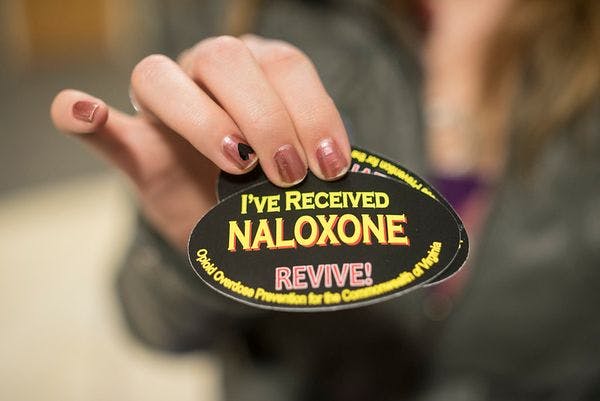Flickr VCU Capital News Service - CC BY-NC 2.0
What is naloxone, and how does it reverse opioid overdoses?
By The Economist
More than 100,000 Americans died from drug overdoses between July 2020 and June 2021, according to provisional figures released by the Centres for Disease Control and Prevention on January 12th. That is the highest number on record. Some 75% of these deaths were caused by opioids, a class of drug that includes heroin and fentanyl, a prescription pain-killer that has flooded the black market. In an attempt to prevent more deaths, New York has become the first American city to open officially authorised safe-injection sites where people can inject drugs under the supervision of trained staff. On November 30th two clinics opened their doors. They provide access to clean needles and disposal facilities, and staff can administer naloxone, a drug that rapidly reverses the effect of an opioid overdose. Since they opened naloxone has reversed at least seven overdoses—each time potentially saving a life. Health officials have since proposed to introduce vending machines around the city that dispense the drug. What is naloxone, and how does it work?
Opioids work by attaching to receptors in nerve cells, altering the cells’ activity. They block pain signals sent from the brain and can cause feelings of euphoria, making them highly addictive if taken regularly. Opioids also relax a person’s breathing. During an overdose a person’s breathing can stop entirely, killing them. Naloxone, which is administered as an injection or nasal spray, has a stronger binding affinity with opioid receptors than the opioid itself, and so displaces the drug. The medicine causes no reaction, allowing the nerve cell to revert to its normal state. But dislodging the opioid can cause users to feel painful withdrawal symptoms if they are addicted. In the case of overdoses, naloxone allows users to breathe again, hopefully in time to save their lives.
